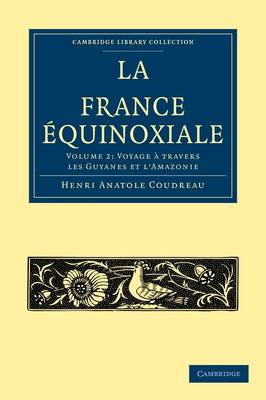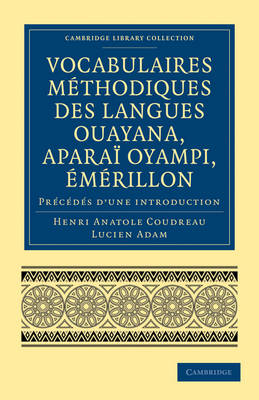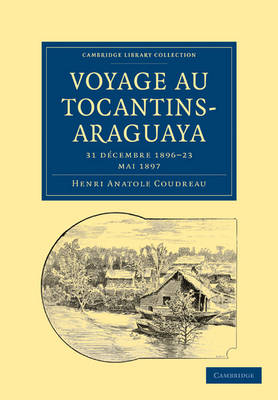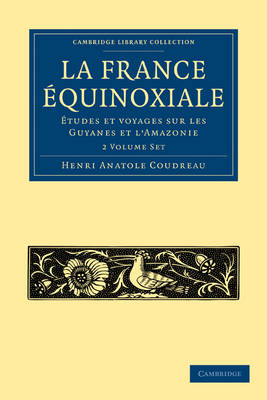Cambridge Library Collection - Linguistics
1 primary work • 9 total works
Volume 1
Vocabulaires méthodiques des langues Ouayana, Aparaï Oyampi, Émérillon
by Henri Anatole Coudreau and Lucien Adam
La France Équinoxiale: Volume 2, Voyage à travers les Guyanes et l'Amazonie
by Henri Anatole Coudreau





